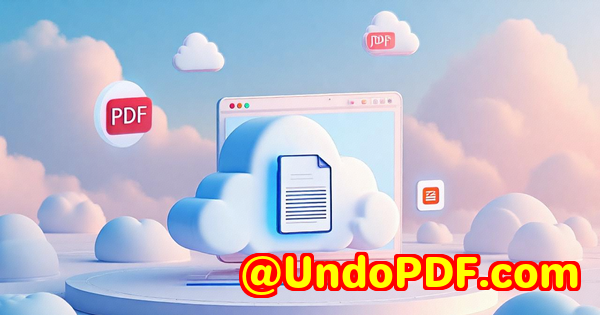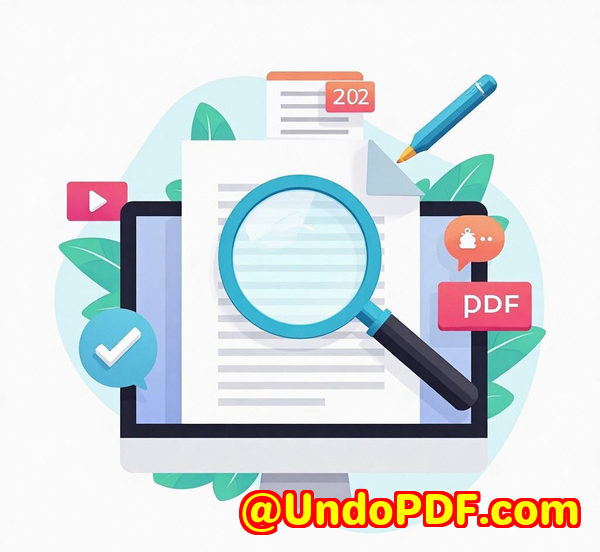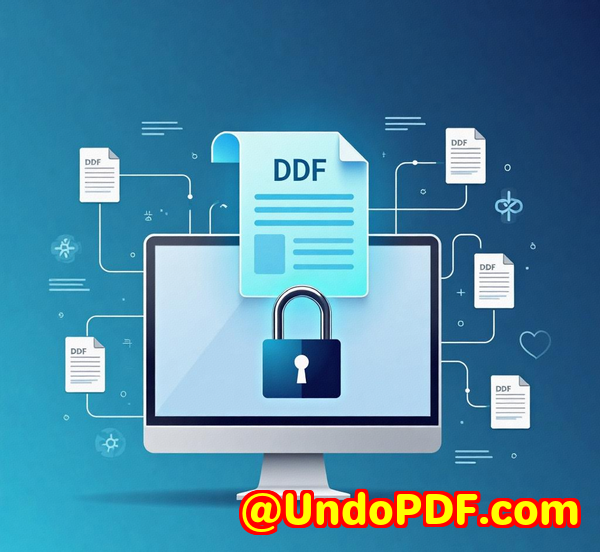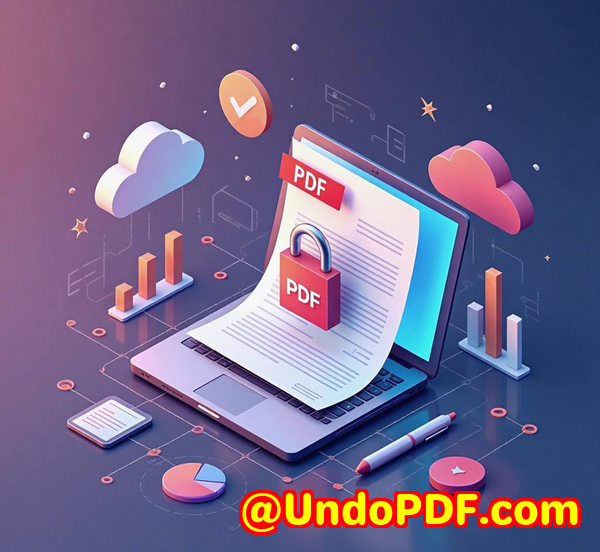Output One File Per View from DWG Drawings to Simplify Complex Design Documentation
Output One File Per View from DWG Drawings to Simplify Complex Design Documentation
Meta Description:
Streamline DWG documentation with VeryDOC DWG2Vector by outputting one file per viewideal for engineers, architects, and CAD professionals.

Every time I opened a DWG with multiple views, I cringed.
You ever tried sorting through a giant DWG file with overlapping views, messy layouts, and everything crammed into a single PDF output?
Yeah, that used to be me.
And if you’re like most CAD engineers, architects, or documentation specialists, you’ve probably been there toopulling your hair out trying to isolate sections, views, or layouts from one big drawing just to send to a client or contractor.
It’s not just annoying. It’s a serious productivity killer.
That’s when I found VeryDOC DWG to Vector Converter (DWG2Vector). And man, it flipped the whole workflow upside downin a good way.
So here’s the backstory
I was helping a mid-sized construction firm organise a backlog of CAD files. We had hundreds of DWG drawings, each with 35 views, sometimes more.
The goal? Convert them into clean, readable PDFsone file per view.
The tools we’d tried before?
They were bloated, required AutoCAD installations, and always smashed every layout into one giant, unreadable file.
That wasn’t going to cut it.
Enter VeryDOC DWG2Vector
What I liked right away was how lean it was.
No AutoCAD required.
No GUI nonsense (although they have SDK options if you’re building apps).
Just a command-line tool that worksWindows, Linux, whatever your flavour.
And the golden flag?
-byview
Use that flag during conversion, and boomevery view gets its own clean output file.
It’s that simple.
Let’s break it down. Here’s what I love:
1. One View, One File. No More Manual Cropping.
That -byview option does exactly what it says.
Instead of dumping all layouts into one output, each view in the DWG becomes a separate filePDF, EMF, SVG, you name it.
So if you’re dealing with floor plans, elevations, and sections in one DWG, you now get individual files for each.
No splitting. No Acrobat hacks. Just clean output, per view.
2. Handles Batch Work Like a Pro
We weren’t converting one file.
We had 300.
DWG2Vector lets you go wild with wildcards like *.dwg, and you can chain commands for entire folders.
Example:
It flew through our backlog.
Took minutes instead of days.
3. Output What You Want, How You Want It
This part blew my mind:
-
Set DPI for crisp detail (
-dpi 300) -
Force black and white output for blueprint printing (
-colormode 1) -
Set exact paper size and line width (
-width,-height,-linewidth) -
Point to custom font folders (
-fontdir)
Basically, you get full control over how the output looks without touching AutoCAD.
Who is this tool for?
Here’s who’s going to get the most value:
-
Civil Engineers dealing with multiple layout views.
-
Architects needing to isolate sections of complex projects.
-
Construction managers who want each subcontractor to get only the views they need.
-
CAD software developers building batch tools or viewer pipelines.
-
Technical documentation teams creating vector PDFs for manuals or regulatory filing.
If you’re in design, engineering, or documentation, and you’re stuck with massive DWG filesthis is your cheat code.
Use Cases I’ve Personally Run
Project Handoffs
We had to send shop drawings to three different subcontractors.
Each one needed a different view: plumbing, electrical, mechanical.
Instead of slicing a single PDF manually, I ran this:
Done. Each subcontractor got exactly what they needed.
Regulatory Submissions
Building departments often want individual documents per view/layout.
This tool let me tick that box in one command line.
Software Integration
We embedded the SDK version into an internal app.
When users uploaded DWGs, the app auto-converted them into PDFsone per viewfor version control and documentation.
Why I’m Not Going Back to Other Tools
Let’s compare:
| Feature | Other Tools | DWG2Vector |
|---|---|---|
| AutoCAD required? | Usually yes | Nope |
| One file per view? | Hacky workaround | Built-in (-byview) |
| Batch processing? | Limited or slow | Fast and robust |
| Platform support? | Windows only | Windows + Linux |
| Developer-friendly? | Rarely | SDK ready |
DWG2Vector wins.
Period.
What Problem Does It Solve?
-
It ends the chaos of giant, multi-view DWGs getting smashed into unreadable PDFs.
-
It removes the need for post-processing or Adobe Acrobat cropping.
-
It gives devs and engineers full control over CAD-to-vector output.
-
It reduces errors in documentation handoff.
-
It saves HOURS per project.
I’d recommend it to anyone who touches CAD files regularlyespecially if documentation and output formatting matters to you.
Click here to try it out for yourself:
https://www.verydoc.com/dwg-to-vector.html
VeryDOC Custom Development Services
Got a workflow that’s a bit… messier?
VeryDOC can build something just for you.
Their team can customise everythingfrom vector conversion pipelines, to printer monitoring tools, to OCR-enhanced document indexing. Whether you’re building something in Python, C#, .NET, or even creating virtual print drivers, they’ve done it.
Need server-side processing? They’ve got Linux covered too.
From barcode readers, to font embedding, to full-on document form generationthey know the deep stuff.
If you’ve got a hairy technical challenge involving PDFs, CAD, vector graphics, or document automation, hit them up:
https://support.verypdf.com/
FAQ
Q: Can I use DWG2Vector without AutoCAD installed?
A: Yes! That’s one of the best partsit’s totally standalone.
Q: Does it support batch conversion?
A: Absolutely. Use wildcards like *.dwg and it’ll process them all in one go.
Q: What formats can I convert to?
A: PDF, EMF, WMF, SVG, XPS, HPGL, PCL, EPS, SWF, PostScript. Loads of options.
Q: Can I get one output file per view in the DWG?
A: Yep. Just add the -byview flag and each view will be converted into its own file.
Q: Does it work on Linux?
A: Yes. There’s a version for both Windows and Linux developers.
Tags / Keywords
-
DWG to Vector Converter
-
Output One File Per View DWG
-
CAD to PDF automation
-
DWG batch converter
-
DWG2Vector Command Line
If you’re buried in complex DWG files and tired of bloated CAD tools, DWG2Vector gives you control, clarity, and speed. Try it now and never look back.



